Finance Economics and Mathematics in Business.
How Is This Book Organized ?
The organization of this book was designed to make economics as student-friendly as possible. What follows is a whirlwind tour of this text. The tour will, I hope, give instructors some sense of how the pieces fit together.
Introductory Material – Finance Economics
Chapter 1, “Ten Principles of Finance Economics,” introduces students to the economist’s view of the world. It previews some of the big ideas that recur throughout economics, such as opportunity cost, marginal decision making, the role of incentives, the gains from trade, and the efficiency of market allocations. Throughout the book,
I refer regularly to the Ten Principles of Economics introduced in Chapter 1 to remind students that these ideas are the foundation for all economics.
Chapter 2, “Thinking Like an Economist,” examines how economists approach their field of study. It discusses the role of assumptions in developing a theory and introduces the concept of an economic model. It also explores the role of economists in making policy.
This chapter’s appendix offers a brief refresher course on how graphs are used, as well as how they can be abused.
Chapter 3, “Interdependence and the Gains from Trade,” presents the theory of comparative advantage. This theory explains why individuals trade with their neighbors, as well as why nations trade with other nations. Much of economics is about how market forces coordinate many individual production and consumption decisions. As a starting point for this analysis, students see in this chapter why specialization, interdependence, and trade can benefit everyone.
The Fundamental Tools of Supply and Demand – Finance Economics
The next three chapters introduce the basic tools of supply and demand.
Chapter 4, “The Market Forces of Supply and Demand,” develops the supply curve, the demand curve, and the notion of market equilibrium.
Chapter 5, “Elasticity and Its Application,” introduces the concept of elasticity and uses it to analyze events in three different markets.
Chapter 6, “Supply, Demand, and Government Policies,” uses these tools to examine price controls, such as rent-control and minimum-wage laws, and tax incidence.
Chapter 7, “Consumers, Producers, and the Efficiency of Markets,” extends the analysis of supply and demand using the concepts of consumer surplus and producer surplus. It begins by developing the link between consumers’ willingness to pay and the demand curve and the link between producers’ costs of production and the supply curve.
It then shows that the market equilibrium maximizes the sum of the producer and consumer surplus. Thus, students learn early about the efficiency of market allocations. The next two chapters apply the concepts of producer and consumer surplus to questions of policy.
Chapter 8, “Application: The Costs of Taxation,” shows why taxation results in deadweight losses and what determines the size of those losses. Chapter 9, “Application: International Trade,” considers who wins and who loses from international trade and presents the debate over protectionist trade policies.
More Microeconomics – Finance Economics
Having examined why market allocations are often desirable, the book then considers how the government can sometimes improve on them. Chapter 10, “Externalities,” explains how external effects such as pollution can render market outcomes inefficient and discusses the possible public and private solutions to those inefficiencies.
Chapter 11, “Public Goods and Common Resources,” considers the problems that arise when goods, such as national defense, have no market price.
Chapter 12, “The Design of the Tax System,” describes how the government raises the revenue necessary to pay for public goods. It presents some institutional background about the U.S. tax system and then discusses how the goals of efficiency and equity come into play when designing a tax system. The next five chapters examine firm behavior and industrial organization.
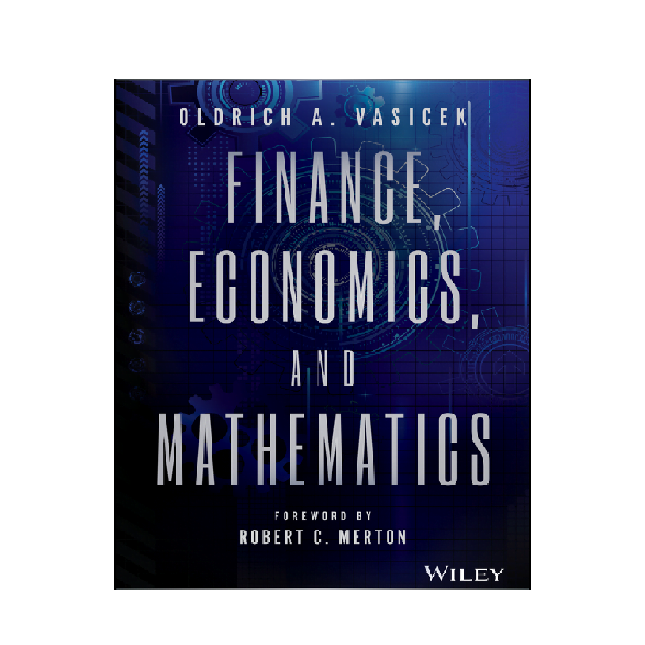

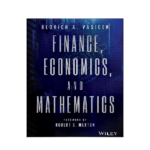
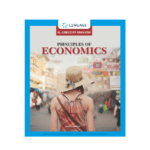
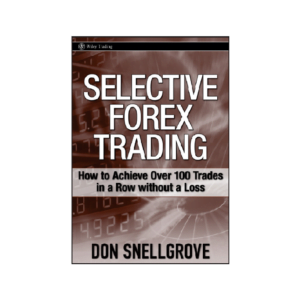
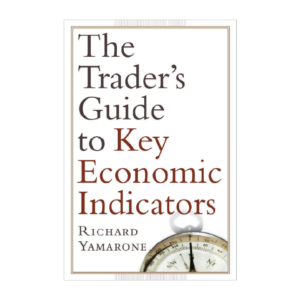

Reviews
There are no reviews yet.